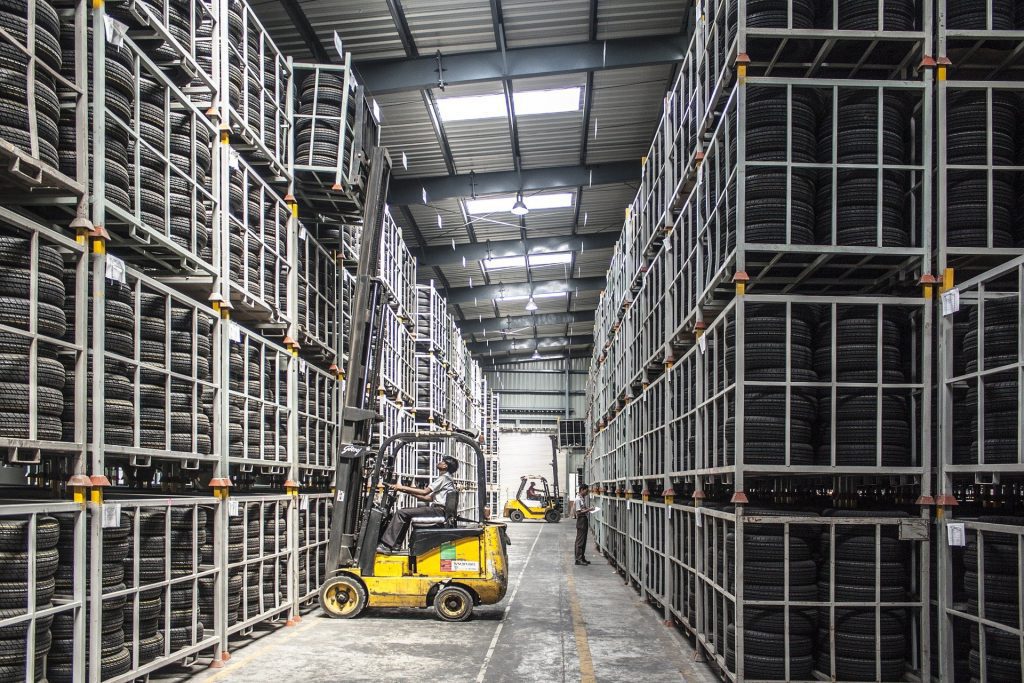Blunders with raw material and components that can cost you your business
As the saying goes: if you put garbage in, you get garbage out. Manufacturing and assembly plants rely on raw materials, components, and packaging materials to make products ready to sell. This means, if your raw materials, components, or packaging are not up to scratch, it can have serious consequences for your business.For the purpose of this article, I’ll refer to the combination of raw material, components, and packaging material as physical inputs. To ensure the success of your business, you need to ensure you have the following, in terms of your physical inputs:· the right quantities,
· at the right place,
· in the right condition, and
· at the right price.
The following interrelated issues show the typical mistakes made, as well as how to prevent them. First up is:1. Buying after you need it
You cannot order the physical inputs after you already need them. Late-arriving goods will delay manufacturing, which can lead to customers cancelling orders. You should be planning your required inputs in advance, based on demand.Using Rough Cut Capacity Planning (RCCP) and Material Requirements Planning (MRP) to determine what and when physical inputs need to be bought, and when they are required. Then use Finite Scheduling to determine the detailed call-off of the physical inputs.In other words, you must ensure you have a detailed production and material requirements plan in place. Even having a bad plan is better than having no plan: “Failing to plan is a plan to fail”.
2. Buying anything to make do
The next impact of not having a plan is that you may have to resort to emergency buying. Not only will this cost you extra, but you may neither get the quality product you would want, nor be assured when it will arrive. How you buy should be decided by a robust procurement policy. Ideally, this policy will drive having long-term contracts for ongoing purchases, and using tendering or multiple quotes systems for once-off purchasing. This should ensure you have a negotiated contract in place, which sets out minimum order quantities, order multiples, as well as lead times. For more about procurement go to this article.3. Buying from any old supplier
Consumers and regulatory bodies have become much more stringent about their health and safety requirements. This means they expect manufacturers to not only make products that are safe, and safe to use, but are also made in a way that ensures the health and safety of their employees, and that these employees are treated well. They further require that physical inputs are sourced from ethical suppliers.To be able to reassure your customers and consumers, you must perform your due diligence (and not just financial due diligence) of your suppliers. This means getting and testing samples, reviewing supplier processes and protocols, and visiting the manufacturing site of your supplier; and it may even require visits to their suppliers.4. Buying too often or buying too much
If you do not know how much it costs to place an order, you may be tempted to buy very often, to reduce the stock-carrying costs. More likely, you have been tempted to take advantage of good bulk discounts. This would mean you order larger than required quantities, but then need to pay for the additional storage costs.This means you need to know the exact costs of placing an order, such as the cost of staff to place the order, receive the order into stock and, finally, to pay the invoice. You will also need to know the exact cost of storing goods, which includes warehousing space, housekeeping costs, and insurance.
5. Not knowing where your physical inputs are
Can you pinpoint the exact location of any physical input at a specific point in time? By this I mean:- Do you know if your supplier has started producing your order?
- Have they shipped it yet?
- How much is in your warehouse?
- How much is on the production floor?

6. Balancing stock-overs and -unders
For many of the processes mentioned above, you need to know not only where the products are, but also the exact amount you have. This means, for instance, knowing which stock is in which bin in the raw material store, as well as how much of that stock is in that bin.Accountants are happy with looking at the overall number, i.e. the nett stock numbers and whether there has been a loss or a gain. For accuracy you need to have the absolute value of the stock variance. This will drive accuracy of not just the numbers but the locations as well. This requires doing regular and ongoing stock takes.7. Giving unfettered access
Giving all personnel unfettered access to your physical inputs is a recipe for stock shortages, due either to pilferage, misplaced stocks, or damages. As mentioned above, you need to know precisely where your physical inputs are. If all personnel have unfettered access, they can move stock around, or take stock that has been allocated to a specific order for other uses. Also, the more people moving around in the warehouse, the more likely the possibility of damages.This means you need to limit who can go into the warehouse, and who can move physical inputs out of the warehouse.8. Not looking after the physical inputs
Do you store your physical inputs in a manner conducive to maintaining them in good condition? One of the easiest ways to incur stock losses, is to store your physical inputs in poor conditions. For instance, storing items meant to be frozen at ambient temperatures, or not spacing highly flammable items far enough apart.To prevent stock losses, ensure that stock is stored and maintained appropriately. This means making sure that the storage area is clean and well maintained. It also means that the storage area must be well suited to the requirements for the product. The suggestions above are all interrelated. This means, as you improve one, the next will also be improved. And so, by make small changes to each, you can start a process of continuous improvement. To recap, ensure the following things are in place:
The suggestions above are all interrelated. This means, as you improve one, the next will also be improved. And so, by make small changes to each, you can start a process of continuous improvement. To recap, ensure the following things are in place:- Have a plan
- Have a procurement policy
- Do your due diligence
- Know the costs of buying and the costs of storage
- Have processes in place
- Do regular stock takes, and measure the total variances
- Limit access to your physical inputs
- Have good housekeeping practices

